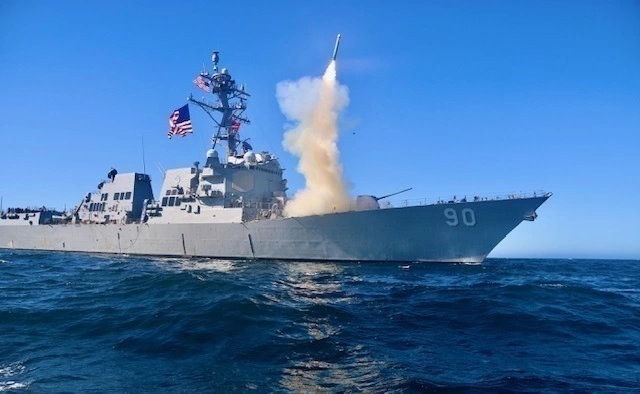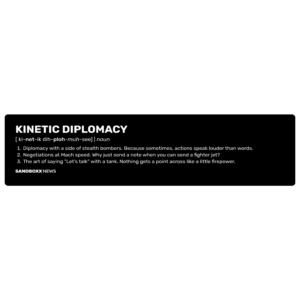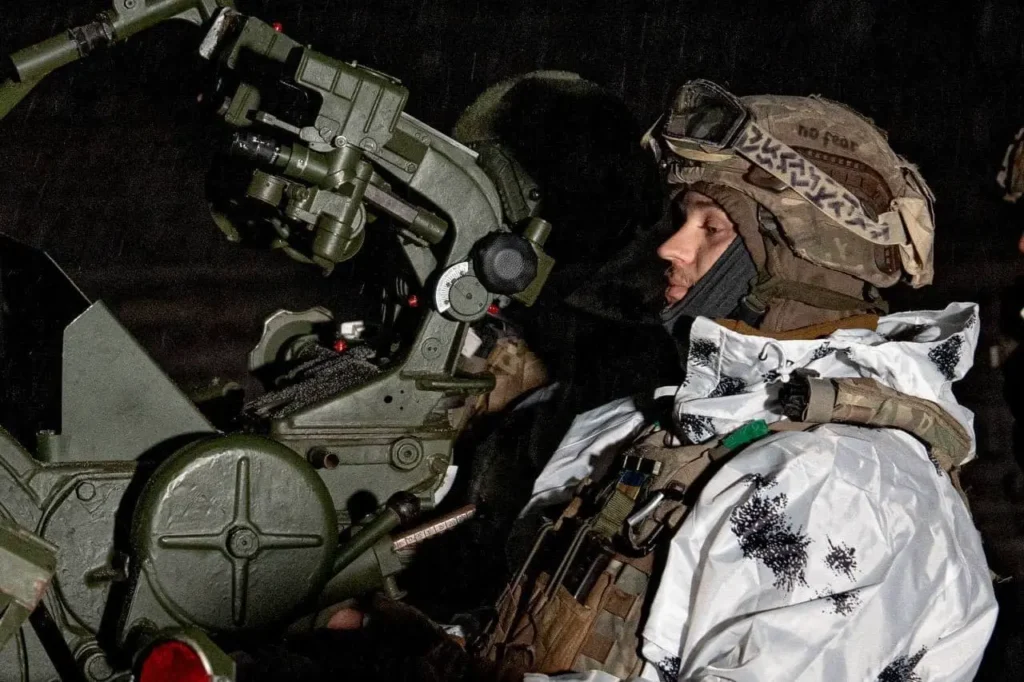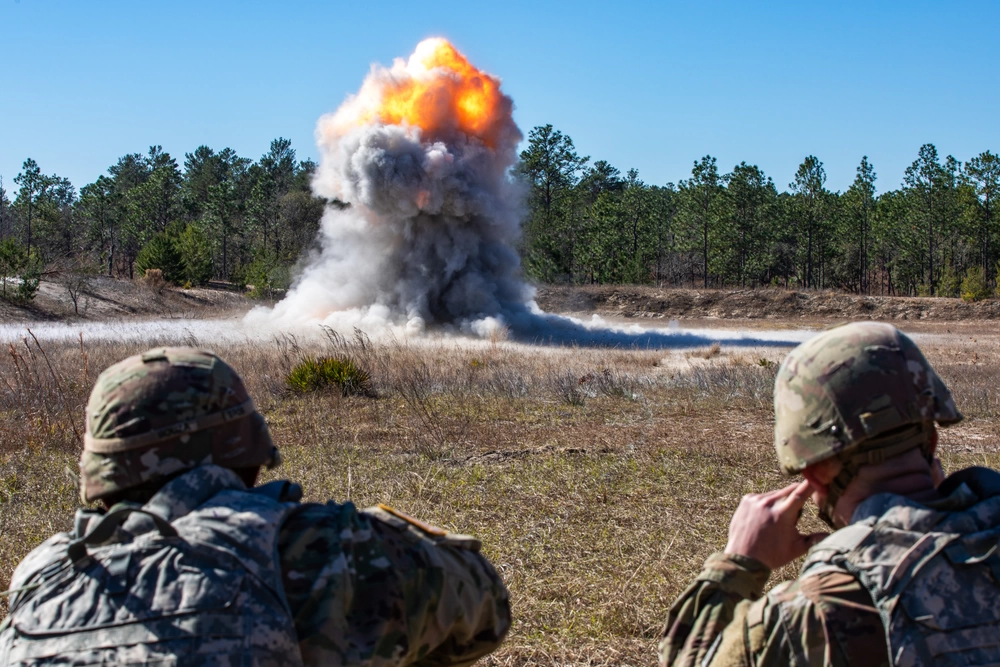40 years after its introduction, the Tomahawk is still a mainstay of American naval firepower
- By Sandboxx
Share This Article

In June, the U.S launched Operation Midnight Hammer against the Iranian nuclear program. B-2 Spirit stealth bombers delivered GBU-57 Massive Ordnance Penetrators (MOP), the world’s largest non-nuclear munition, against the Iranian nuclear facilities at Fordow and Natanz.
But it was not just the B-2s with their MOPs that participated in the operation.
From deep underwater in a nearby sea, the USS Georgia nuclear-powered cruise missile submarine launched a salvo of approximately 30 Tomahawk missiles against the nuclear research facility at Esfahan, in southern Iran.
The Tomahawks struck their target with precision, leaving the Iranian forces with no room to respond.
It was an impressive operational display of a weapon first used operationally almost 40 years ago.
The BGM-109 Tomahawk Land Attack Missile entered service in 1983 primarily as a long-range fires option for the U.S. Navy.
As far as the unclassified operational range of the cruise missile, it varies between the different versions from 250 to almost 1,600 miles, offering commanders a variety of kinetic options. Tomahawk missiles fly at subsonic speeds of around Mach 0.75 (around 550 miles per hour) and remain relatively close to the ground, between 100 and 150 feet, to avoid detection and interception by enemy air defenses.
Today, there are several versions of the cruise missile in service. The Block III comes with a single submunition module. The conventional version comes with a 1,000-lb blast/fragmentary unitary warhead. The submunition variant has a submunition compartment packed with cluster bomblets; this version is ideal for anti-personnel and anti-materiel missions.
The latest versions of the Tomahawk are the Block IV Tactical Tomahawk, or TACTOM, and the Block V.

The former sports data link technology, allowing commanders to change the missile’s target mid-flight. Moreover, the munition can loiter for hours before striking. This combination of target flexibility and loiter time makes the Block IV a great asset for supporting ground troops or taking out high-value targets that might be on the move.
The Block V project, which began in 2020, is an improvement on the Block IV and extends the service life of the munition by 15 years. It packs upgraded navigation and communications features. In terms of targets, the Block V can hit moving naval targets and an even more diverse ground target set than its predecessor. The latest version of the munition costs approximately $2.4 million per unit.
Throughout the years, there have been many different versions of the Tomahawk cruise missile. For example, for many years, the Navy was operating the BGM-109A Tomahawk Land Attack Missile – Nuclear (TLAM-N) version that sported a W80 nuclear warhead. There was also a ground-launched nuclear version that used the W84 nuclear warhead.
The Tomahawk is mainly launched from guided-missile cruisers and destroyers, as well as Ohio-class missile submarines.
All in all, the U.S. military has fired more than 2,300 Tomahawks since 1991, including the recent salvo against the Iranian nuclear facility at Esfahan.
Judging from the U.S. military’s decision to use the munition in one of the most important operations in recent times and by its recent Block V variant, the Tomahawk has still many years in service.
Feature Image: The guided-missile destroyer USS Chafee (DDG 90) launches a Block V Tomahawk, the weapon’s newest variant, during a three day missile exercise. This event marked the first time a Block V Tomahawk missile was operationally tested, marking the Navy’s transition to a more advanced capability for the fleet. Block V includes an upgrade that will enhance navigation performance and provide robust and reliable communications. Chafee is currently assigned to Carrier Strike Group ONE and is homeported in Pearl Harbor. (U.S. Navy photo by Lt. Junior Grade Sean Ianno/Released)
Read more from Sandboxx News
- First Special Service Force was World War II’s unique Americano-Canadian commando unit
- This is why the Marine Corps is different
- Heroic Coast Guard rescue swimmer saved hundreds in Texas floods and exemplified the spirit of America
- BUD/S instructors have their favorite games to make SEAL candidates suffer
- Air superiority is a required component in modern warfare
Related Posts
Sandboxx News Merch
-

‘AirPower’ Classic Hoodie
$46.00 – $48.00Price range: $46.00 through $48.00 Select options This product has multiple variants. The options may be chosen on the product page -

‘Kinetic Diplomacy’ Bumper Sticker (Black)
$8.00 Add to cart -

‘Sandboxx News’ Trucker Cap
$27.00 Select options This product has multiple variants. The options may be chosen on the product page

Sandboxx
The editorial team at Sandboxx.
Related to: Airpower

Approaching Mach 2 in an F-16: ‘The jet started to shake’

What could ‘security guarantees’ for Ukraine look like?

Ukraine’s electronic warfare fight against Russian drones is so chaotic that its own are getting caught in the crossfire

Explosive mishaps in Delta Force: Learning from mistakes
Sandboxx News
-

‘Sandboxx News’ Trucker Cap
$27.00 Select options This product has multiple variants. The options may be chosen on the product page -

‘AirPower’ Classic Hoodie
$46.00 – $48.00Price range: $46.00 through $48.00 Select options This product has multiple variants. The options may be chosen on the product page -

‘AirPower’ Golf Rope Hat
$31.00 Select options This product has multiple variants. The options may be chosen on the product page -

‘Sandboxx News’ Dad Hat
$27.00 Select options This product has multiple variants. The options may be chosen on the product page
